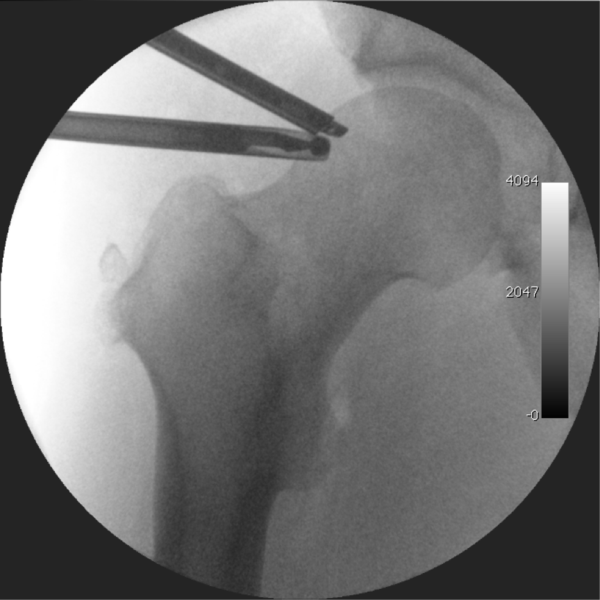 Can Hip Arthroscopy Be Performed With Conventional Knee-Length Instrumentation? (Arthroscopy Journal)
Can Hip Arthroscopy Be Performed With Conventional Knee-Length Instrumentation? (Arthroscopy Journal)
Purpose
The purpose of this study was to determine whether hip arthroscopy can be performed using conventional knee-length arthroscopy instrumentation.
Methods
We included 116 consecutive hip arthroscopies (104 patients) in this study. Age, side of surgery, height (in inches), weight (in pounds), body mass index (BMI), and a subjective assessment of body type (1, muscular; 2, somewhat overweight; 3, overweight; 4, thin; and 5, normal weight) were recorded. The depth from the skin at 2 portal sites to 3 commonly accessed positions (12 o’clock, 3 o’clock, and acetabular fossa) was assessed using a guide with marked notches (in millimeters). Subgroup analysis was performed according to BMI and subjective biotype for each patient.
Results
We included 104 patients with a mean age of 35 years (range, 14 to 55 years). As categorized by BMI, 60% of patients were normal weight, 22% were overweight, 16% were obese, and 2% were underweight. All but 8 procedures were performed with conventional knee-length arthroscopic shavers and burrs. The 8 procedures that needed additional hip instrumentation were performed in patients who required ligamentum teres debridement or those with iliopsoas tenotomy. Overall, the distance from skin to socket was less than 11 cm at the 12-o’clock and 3-o’clock positions from both the anterolateral and anterior portals. Obese and overweight patients had statistically longer distances from skin to socket at all 3 measurement points compared with underweight and normal-weight patients. Considering biotype, the distances from skin to socket in underweight, normal-weight, and muscular patients were all equal to or less than 10 cm.
Conclusions
The distance from skin to socket at the 12- and 3-o’clock positions is less than 11 cm, suggesting that hip arthroscopy can be performed with conventional knee-length instrumentation devices. In obese and overweight patients and patients requiring ligamentum teres debridement or iliopsoas tendon release, specific hip arthroscopic tools should be available.
Level of Evidence
Level IV, therapeutic case series.
